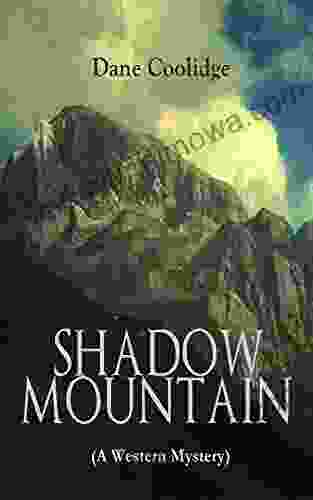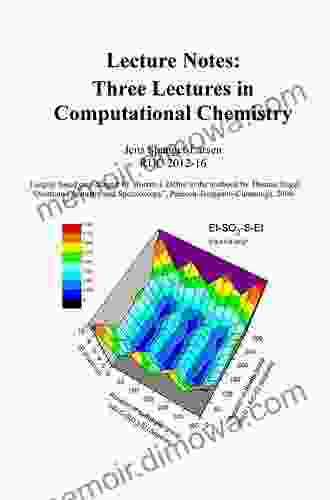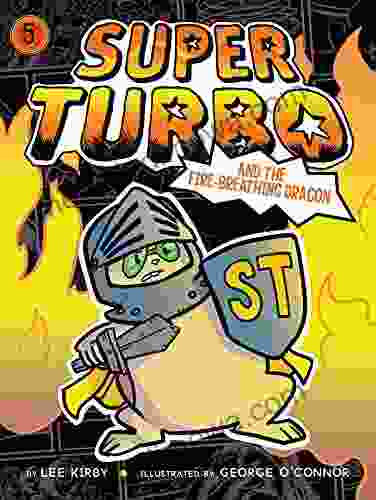Basis Sets in Computational Chemistry

Basis sets are a fundamental component of computational chemistry. They provide a mathematical representation of the molecular orbitals that are used to describe the electronic structure of molecules. The choice of basis set can have a significant impact on the accuracy and efficiency of computational chemistry calculations.
There are a variety of different types of basis sets, each with its own advantages and disadvantages. The most common types of basis sets are:
- Slater-type orbitals (STOs): STOs are the simplest type of basis set. They are defined by a single exponential function and are centered on the atomic nuclei.
- Gaussian-type orbitals (GTOs): GTOs are more computationally efficient than STOs and are defined by a linear combination of Gaussian functions.
- Plane waves (PW): PWs are defined by a set of periodic functions that are delocalized over the entire molecule.
- Numerical atomic orbitals (NAOs): NAOs are generated by solving the Schrödinger equation numerically and are typically used in conjunction with PWs.
The choice of basis set for a particular computational chemistry calculation depends on a number of factors, including:
4.7 out of 5
| Language | : | English |
| File size | : | 35526 KB |
| Text-to-Speech | : | Enabled |
| Screen Reader | : | Supported |
| Enhanced typesetting | : | Enabled |
| Print length | : | 260 pages |
| Hardcover | : | 297 pages |
| Item Weight | : | 7.5 ounces |
| Dimensions | : | 6 x 0.34 x 9 inches |
| Paperback | : | 136 pages |
- The size of the molecule: Larger molecules require more basis functions to accurately represent their electronic structure.
- The accuracy required: Calculations that require high accuracy will need to use a larger basis set.
- The computational resources available: The computational cost of a calculation increases with the size of the basis set.
Basis sets are used in a wide variety of computational chemistry applications, including:
- Electronic structure calculations: Basis sets are used to calculate the electronic structure of molecules, including the energies, orbitals, and charge distributions.
- Molecular dynamics simulations: Basis sets are used to calculate the forces between molecules and to simulate their dynamics.
- Quantum chemistry calculations: Basis sets are used to perform quantum chemical calculations, such as Hartree-Fock theory and density functional theory.
Each type of basis set has its own advantages and disadvantages. The following table summarizes the key advantages and disadvantages of the most common types of basis sets:
| Basis Set | Advantages | Disadvantages | |---|---|---| | STOs | Simple and computationally efficient | Less accurate than other types of basis sets | | GTOs | More accurate than STOs | Less computationally efficient than STOs | | PWs | Very accurate | Less computationally efficient than GTOs | | NAOs | Very accurate | Less computationally efficient than PWs |
The choice of basis set for a particular computational chemistry calculation depends on a number of factors, including the size of the molecule, the accuracy required, and the computational resources available. The following guidelines can help you choose the appropriate basis set for your calculations:
- For small molecules, a small basis set, such as the STO-3G or 3-21G basis set, may be sufficient.
- For larger molecules, a larger basis set, such as the 6-31G or 6-311G basis set, may be necessary.
- For high-accuracy calculations, a very large basis set, such as the aug-cc-pVTZ or aug-cc-pVQZ basis set, may be necessary.
Basis sets are a fundamental component of computational chemistry. They provide a mathematical representation of the molecular orbitals that are used to describe the electronic structure of molecules. The choice of basis set can have a significant impact on the accuracy and efficiency of computational chemistry calculations. By understanding the different types of basis sets and their advantages and disadvantages, you can choose the appropriate basis set for your specific needs.
4.7 out of 5
| Language | : | English |
| File size | : | 35526 KB |
| Text-to-Speech | : | Enabled |
| Screen Reader | : | Supported |
| Enhanced typesetting | : | Enabled |
| Print length | : | 260 pages |
| Hardcover | : | 297 pages |
| Item Weight | : | 7.5 ounces |
| Dimensions | : | 6 x 0.34 x 9 inches |
| Paperback | : | 136 pages |
Do you want to contribute by writing guest posts on this blog?
Please contact us and send us a resume of previous articles that you have written.
 Book
Book Novel
Novel Page
Page Chapter
Chapter Text
Text Story
Story Genre
Genre Reader
Reader Library
Library Paperback
Paperback E-book
E-book Magazine
Magazine Newspaper
Newspaper Paragraph
Paragraph Sentence
Sentence Bookmark
Bookmark Shelf
Shelf Glossary
Glossary Bibliography
Bibliography Foreword
Foreword Preface
Preface Synopsis
Synopsis Annotation
Annotation Footnote
Footnote Manuscript
Manuscript Scroll
Scroll Codex
Codex Tome
Tome Bestseller
Bestseller Classics
Classics Library card
Library card Narrative
Narrative Biography
Biography Autobiography
Autobiography Memoir
Memoir Reference
Reference Encyclopedia
Encyclopedia James Hutson
James Hutson Lewis Fischer
Lewis Fischer Ben J Plastino
Ben J Plastino Aj Phinn
Aj Phinn Anne R Tan
Anne R Tan Wayne Au
Wayne Au Sean Cole
Sean Cole Michael Daugherty
Michael Daugherty Ahmed Sheikh Abdirashid
Ahmed Sheikh Abdirashid Wander King
Wander King Adam Speedy
Adam Speedy Danielle L Lynn
Danielle L Lynn Marya Ochorowicz Monatowa
Marya Ochorowicz Monatowa Taylor Hart
Taylor Hart Karen Kincy
Karen Kincy Raissa Zaikina
Raissa Zaikina Adrian Besley
Adrian Besley Lissa Johnston
Lissa Johnston Gertrude Stein
Gertrude Stein Cole Louison
Cole Louison
Light bulbAdvertise smarter! Our strategic ad space ensures maximum exposure. Reserve your spot today!

 Jeffrey CoxDiscover the Enchanting World of William Shakespeare in Stratford Upon Avon...
Jeffrey CoxDiscover the Enchanting World of William Shakespeare in Stratford Upon Avon...
 Cristian CoxUnveiling the Cricket World Cup: A Journey Through Facts, Trivia, and Records
Cristian CoxUnveiling the Cricket World Cup: A Journey Through Facts, Trivia, and Records Demetrius CarterFollow ·5.9k
Demetrius CarterFollow ·5.9k Hamilton BellFollow ·15.8k
Hamilton BellFollow ·15.8k Joe SimmonsFollow ·4.3k
Joe SimmonsFollow ·4.3k Kenzaburō ŌeFollow ·7.6k
Kenzaburō ŌeFollow ·7.6k Jamison CoxFollow ·2.1k
Jamison CoxFollow ·2.1k Maurice ParkerFollow ·2.7k
Maurice ParkerFollow ·2.7k Rodney ParkerFollow ·2.1k
Rodney ParkerFollow ·2.1k Trevor BellFollow ·11.3k
Trevor BellFollow ·11.3k

 Jared Powell
Jared PowellMemories of Disneyland Maintenance: Unlocking the Hidden...
A Nostalgic Journey...

 Elmer Powell
Elmer PowellInspire Young Minds: Unlocking the Wisdom of Chanakya in...
A Journey of...

 Elton Hayes
Elton HayesUnravel the Enigmatic Mystery of Shadow Mountain in this...
Prologue: A...

 Rick Nelson
Rick NelsonSchool and Children Bullying: A Beginner's Guide for Kids...
Bullying is a serious problem that affects...

 Gary Cox
Gary CoxThe Crematory: 31 Horrifying Tales from the Dead
Prepare yourself for a spine-chilling...
4.7 out of 5
| Language | : | English |
| File size | : | 35526 KB |
| Text-to-Speech | : | Enabled |
| Screen Reader | : | Supported |
| Enhanced typesetting | : | Enabled |
| Print length | : | 260 pages |
| Hardcover | : | 297 pages |
| Item Weight | : | 7.5 ounces |
| Dimensions | : | 6 x 0.34 x 9 inches |
| Paperback | : | 136 pages |










